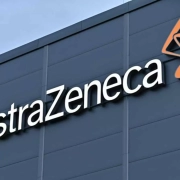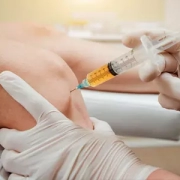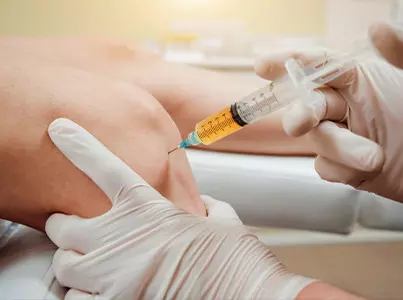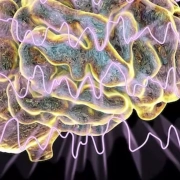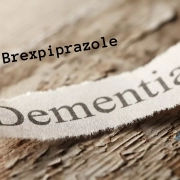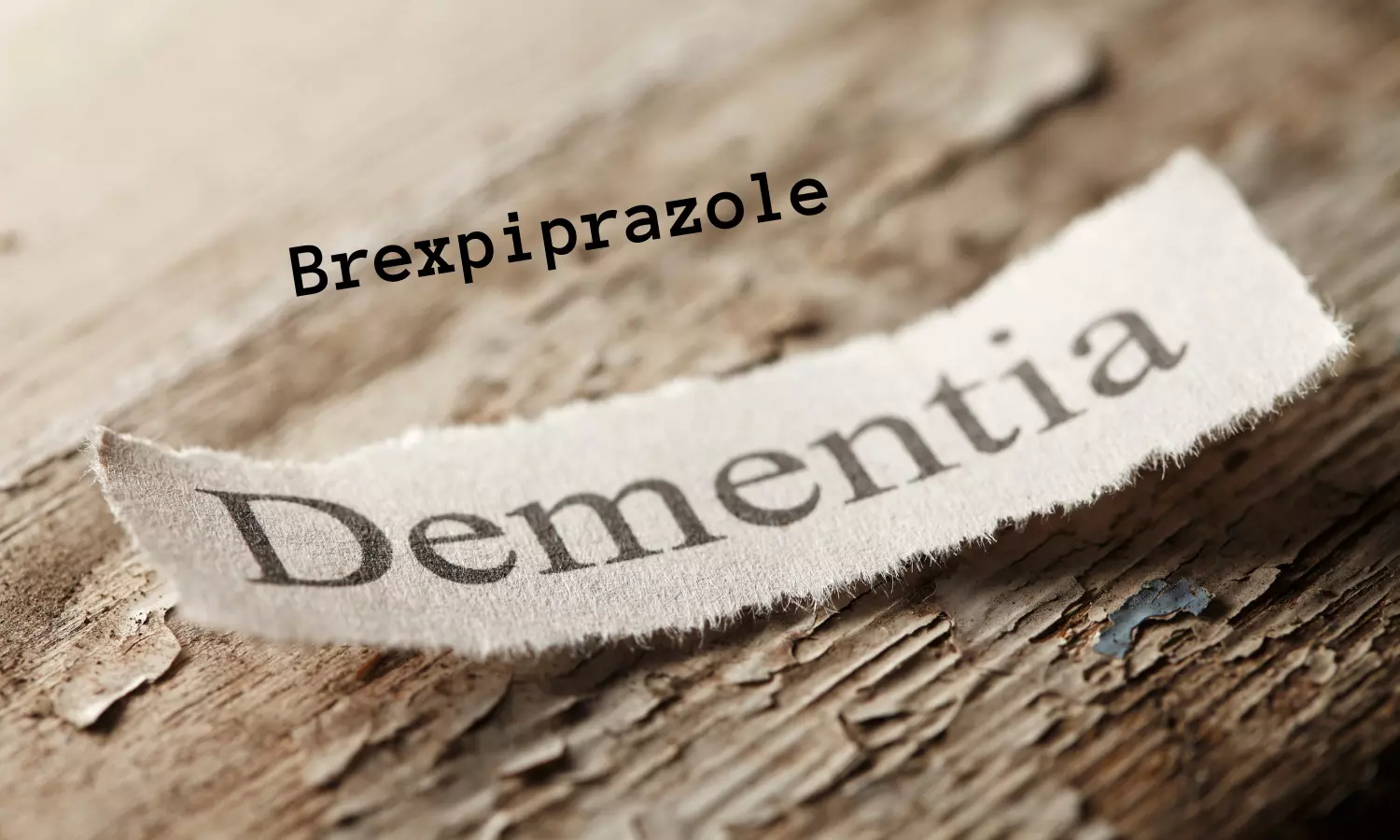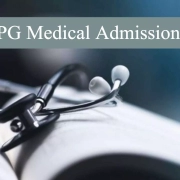Justify Durvalumab dose: CDSCO Panel Tells AstraZeneca on Study of Dato-DXd and Durvalumab
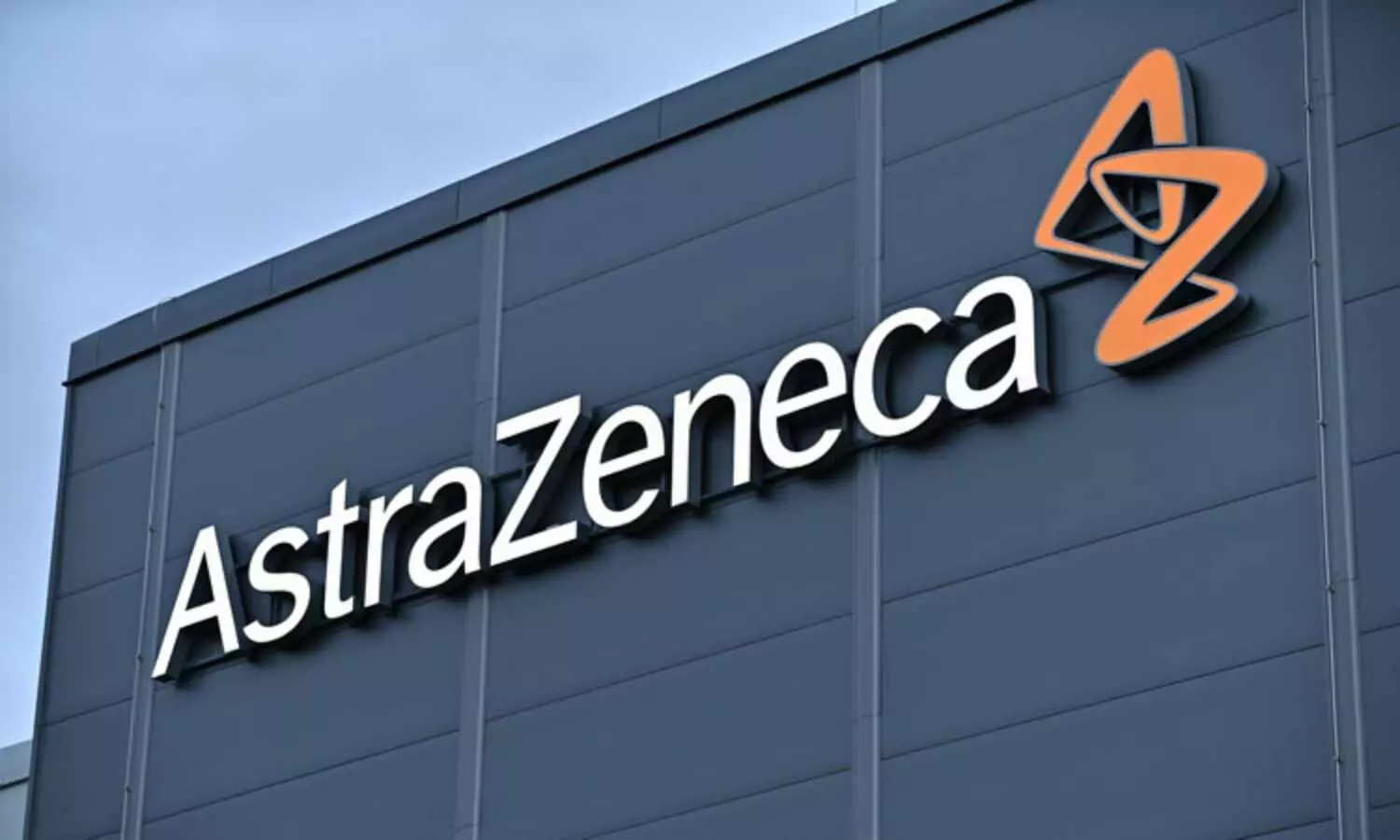
New Delhi: Reviewing the drug major AstraZeneca’s Phase III clinical trial protocol of the anti-cancer drug of Dato-DXd and Durvualumab, the Subject Expert Committee (SEC) functional under the Central Drug Standard Control Organisation (CDSCO) has recommended the firm to submit supportive documents for the selection of Durvalumab dose of 1120mg every three weeks instead of 1500mg.
Furthermore, the expert panel suggested to include more geographically distributed government sites.
This came after the drug major AstraZeneca presented Phase III clinical trial protocol No. D7630C00001. This study is a phase III study of Dato-DXd with or without Durvalumab compared with the investigator’s choice of chemotherapy in combination with Pembrolizumab in patients with PD-L1 positive locally recurrent inoperable or Metastatic Triple-negative Breast Cancer (TNBC).
This is a Phase III, randomised, open-label, 3-arm, a multicentre, international study assessing the efficacy and safety of Dato-DXd with or without durvalumab compared with investigator’s choice chemotherapy in combination with pembrolizumab in participants with PD-L1 positive locally recurrent inoperable or metastatic TNBC.
Datopotamab Deruxtecan (Dato-DXd), a Novel TROP2-directed Antibody–drug Conjugate, demonstrates potent antitumor activity by efficient drug delivery to tumor cells. The pharmacologic activity and mechanism of action of Dato-DXd were investigated in several human cancer cell lines and xenograft mouse models including patient-derived xenograft (PDX) models.
Durvalumab injection is in a class of medications called monoclonal antibodies. It works by helping the immune system to slow or stop the growth of cancer cells.
Durvalumab is used alone to treat non-small cell lung cancer (NSCLC) that spreads to nearby tissues and cannot be removed by surgery but has not worsened after being treated with other chemotherapy medications and radiation treatments. It is also used in combination with tremelimumab-actl (Imjudo) and platinum-based chemotherapy to treat a certain type of NSCLC that has spread throughout the lungs and to other parts of the body.
Durvalumab injection is also used in combination with chemotherapy agents to treat extensive-stage small cell lung cancer (ES-SCLC) in adults whose cancer has spread throughout the lungs and to other parts of the body. It is also used in combination with chemotherapy agents to treat biliary tract cancer (BTC; cancer in the organs and ducts that make and store bile, the liquid made by the liver) in adults whose cancer has spread to nearby tissues or to other parts of the body.
At the recent SEC meeting for Oncology and Hematology held on 21st and 22nd December 2023, the expert panel reviewed the Phase III clinical trial protocol No. D7630C00001.
After detailed deliberation, the committee opined that the firm should submit supportive documents for the selection of Durvalumab dose of 1120mg every three weeks instead of 1500mg and include more geographically distributed Govt. sites for further review by the committee.
Powered by WPeMatico

